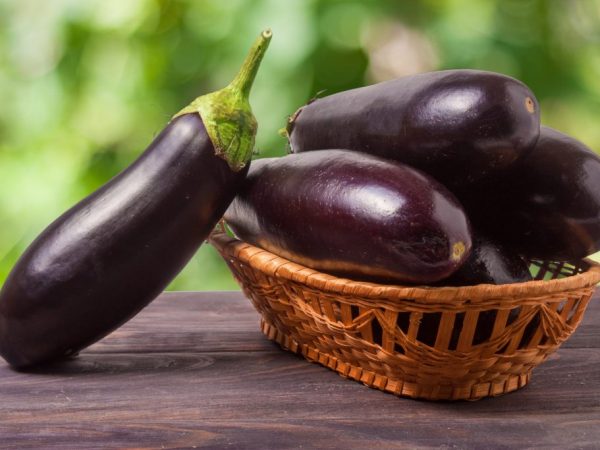Rules for growing eggplants in Siberia
Growing eggplants in Siberia is not an easy task for a gardener, which requires a certain approach and adherence to all technologies. Since the Siberian region has a cool continental climate, with an average annual temperature of 0 ° C, it is necessary to create growth conditions and select the appropriate early seeds.

Rules for growing eggplants in Siberia
Seedling preparation
Early or mid-season hybrids have their own nuances in the preparation of seedlings, their feeding and germination.
Siberian summers are hot, but very short. By the method of selection, early varieties were bred, intended for the conditions of the northern region.
In the northern regions, start planting in May or early June, having previously built arcs for the film. When you understand that the seedlings have taken root in the place, then the film can be changed to lutrasil. At night, it is advisable to leave it covered, but during the day, you can open it for better sunlight.
It is not difficult to grow eggplants in Siberia, but it must be borne in mind that each hybrid has a different planting technology. Consider the best early eggplant varieties for Siberia and how to sow them.
Sprout growing options
First you need to grow seedlings. The seeds are germinated with gauze, and experienced people use wet cosmetic cotton pads or wet wipes. At the first appearance of shoots, they are immediately planted in containers with loosened prepared soil. Usually sprouts appear on the 20 - 25 day of soaking.
There is another cultivation option. After the growth stimulants have been used, the seeds are washed with water and immediately planted on the site using peat cups. If you use cassettes, then only with large cells, since they are afraid of a sharp change in soil.
Hardening
To harden the seedlings, it is worth carrying out special procedures. If the sprouts are grown in a greenhouse, then several times a day they need to be taken out into the open air, or the top of the greenhouse should be removed to slightly lower the temperature.
This procedure will save you from death at large temperature changes.
Precocious 148
Early ripening 148. Fruits are purple, pear-shaped, up to 8 cm in length. Ripening period 110-148 days. Growing requires feeding, watering and loosening. Can be planted in an open area and in a greenhouse.
The optimal landing period: late February - early March. To speed up the ripening period, germination begins in greenhouses. Plant in sowing tracks about 1.5 cm deep. At 22 ° C, sprouts appear after 10 days. You can do without diving if you replace it with rolling when the second leaf appears on the bush. In the second half of July, the danger of frost passes, the seedlings are planted in the ground.
Diamond

There are a lot of varieties for this region.
Diamond. Mid-season species with abundant harvest. The color is dark purple, the flesh is without bitterness. The fruit reaches 18 cm, and the ripening period is 115-150 days.
Sowing seeds in ready-made containers to a depth of 1.5 cm, with the onset of spring. The earth must be warm enough.The bushes grow wide, so the area of the site for one plant is about 40 by 70 cm.
Nutcracker
Nutcracker. High-yielding medium early species, preferably grown under a film. Fruits reach 600 gr.
The beginning of March is the time for planting seeds, at an air temperature of 25 ° C in loosened soil that can hold moisture well. After germination in greenhouses, they are planted on a plot (scheme 40 by 30 cm), and after a week they use mineral fertilizers.
Epic
Epic. Early ripening variety with good disease resistance. Tall bushes bring up to 8 kg. Requires moderate watering and bears fruit up to 400 grams.
For planting, you need soil warmed up to 10 ° C. Bushes grow tall, a support in the form of a pin is necessarily used. Diving is not applied.
Midget 921
Dwarf 921. Low-growing bushes with high productivity. Fruits weighing 300 gr. Ripen in 110 days.
The soil is loosened and mulched, cleared of weeds. 70 days should pass before planting in open ground. The plant does not require careful maintenance.
Black handsome
Black handsome. False to the description, the color is dark crimson or purple, weight up to 200 gr. Ripening period 110-145 days, high yield. There is no bitterness in the pulp.
Sowing in the second half of February. When the second leaf appears, the seedlings need to be transferred, and they are transferred to the site at the end of May. The bush is formed by removing excess leaves and shoots.
Conclusion
By choosing the right early maturing eggplant varieties for Siberia and observing the rules for growing them, you can achieve a bountiful harvest. The characteristics of early maturing species make it possible to grow eggplants in the Siberian area.


